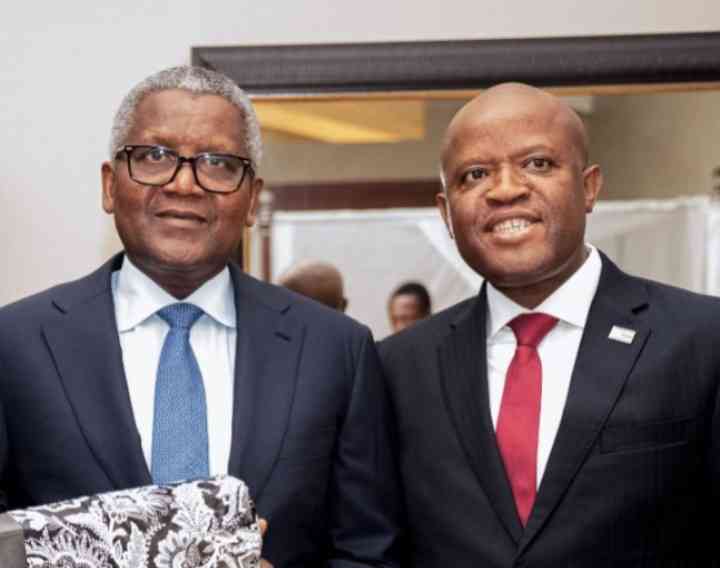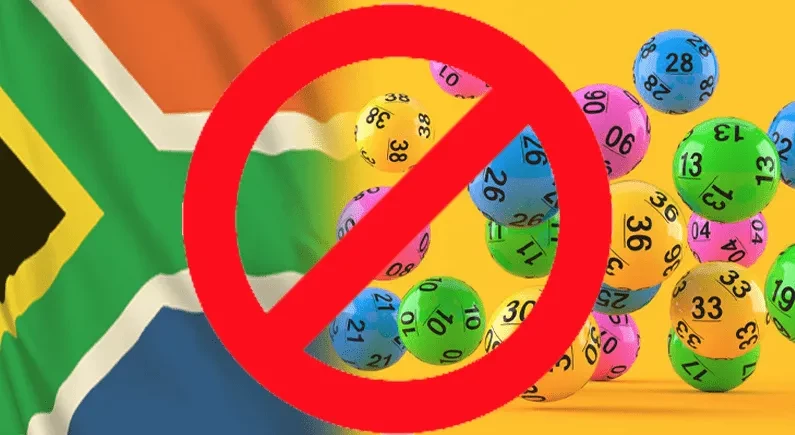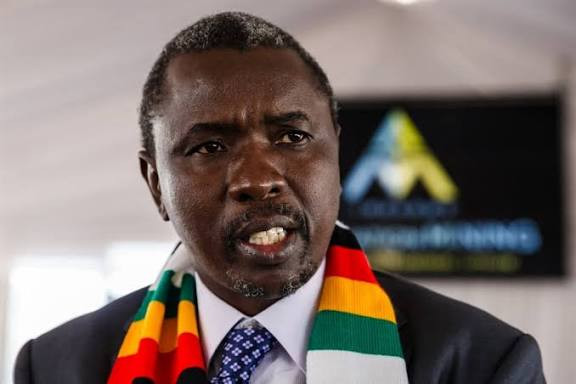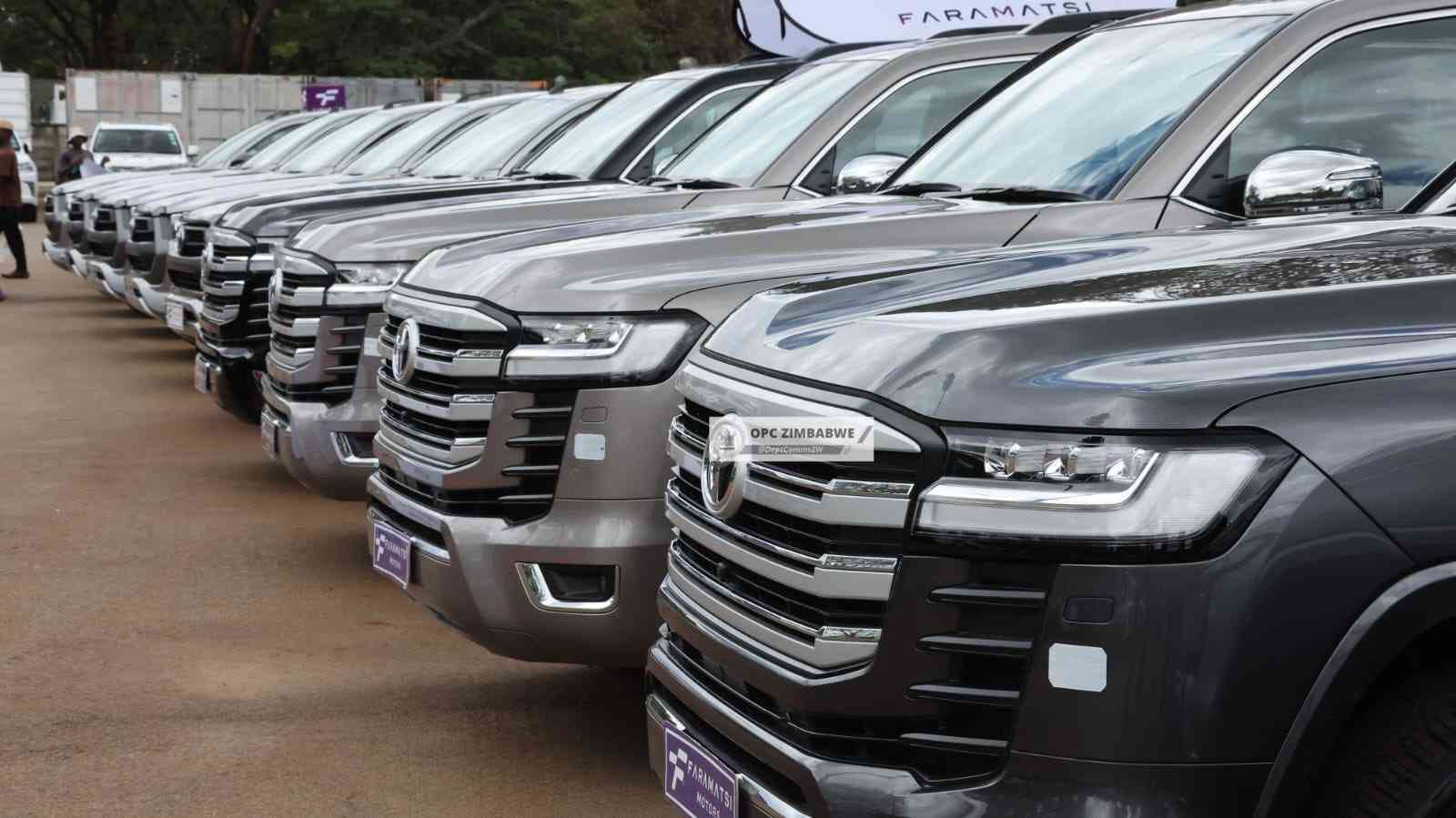
Today’s global energy crisis has underscored the urgency, as well as the benefits, of an accelerated scale-up of cheaper and cleaner sources of energy. Russia’s invasion of Ukraine has sent food, energy and other commodity prices soaring, increasing the strains on African economies already hard hit by the Covid-19 pandemic. The overlapping crises are affecting many parts of Africa’s energy systems, including reversing positive trends in improving access to modern energy, with 4% more people living without electricity in 2021 than in 2019. They are also deepening financial difficulties of utilities, increasing risks of blackouts and rationing. These problems are contributing to a sharp increase in extreme poverty in sub-Saharan Africa, with the number of people affected by food crises quadrupling in some areas.
Africa is already facing more severe climate change than most other parts of the world, despite bearing the least responsibility for the problem. With nearly one-fifth of the world’s population today, Africa accounts for less than 3% of the world’s energy-related carbon dioxide (CO2) emissions to date and has the lowest emissions per capita of any region. Africans are already disproportionately experiencing the negative effects of climate change, including water stress, reduced food production, increased frequency of extreme weather events and lower economic growth – all of which are fuelling mass migration and regional instability.
For all of these difficulties, the global clean energy transition holds new promise for Africa’s economic and social development. As of May 2022, countries representing more than 70% of global CO2 emissions have committed to reach net zero emissions by around mid-century. This includes 12 African countries that represent over 40% of the continent’s total CO2 emissions. These ambitions are helping set a new course for the global energy sector amid declining clean technology costs and shifting global investment. African countries — nearly all of which are party to the Paris Agreement on Climate Change — are poised to capture the technology spillovers of these changes and attract increasing flows of climate finance.
This Outlook explores a Sustainable Africa Scenario (SAS) in which Africa rides these shifting tides to achieve all African energy-related development goals on time and in full. This includes universal access to modern energy services by 2030 and the full implementation of all African climate pledges. Realising all of these goals is a formidable undertaking. African countries need to take the lead with clear strategies and policies, while international institutions must reinforce their commitment to significantly increase their levels of support.
Energy access
Universal access to affordable electricity, achieved by 2030 in the SAS, requires bringing connections to 90 million people a year, triple the rate of recent years. At present, 600 million people, or 43% of the total population, lack access to electricity, most of them in sub-Saharan Africa. Countries such as Ghana, Kenya and Rwanda are on track for full access by 2030, offering success stories other countries can follow. Our detailed analysis shows that extending national grids is the least costly and most prudent option for almost 45% of those gaining access to 2030. In rural areas, where over 80% of the electricity-deprived live, mini-grids and stand-alone systems, mostly solar based, are the most viable solutions.
Achieving universal access to clean cooking fuels and technologies by 2030 requires shifting 130 million people away from dirty cooking fuels each year. Today, 970 million Africans lack access to clean cooking. Liquefied petroleum gas (LPG) is the leading solution in urban areas, but recent price spikes are making it unaffordable for 30 million people across Africa, pushing many to revert to traditional use of biomass. Countries are re-evaluating clean fuel subsidy schemes and exploring alternatives such as improved biomass cook stoves, electric cooking and biodigesters. The improvement rates needed for universal clean cooking access by 2030 are unprecedented, but the benefits are huge: reducing premature deaths by over 500 000 a year by 2030, drastically cutting time spent gathering fuel and cooking, and allowing millions of women to pursue education, employment and civic involvement.
The goal of universal access to modern energy calls for investment of USD 25 billion per year. This is around 1% of global energy investment today, and similar to the cost of building just one large liquefied natural gas (LNG) terminal. Stimulating more investment requires international support aided by stronger national institutions on the ground laying out clear access strategies – only around 25 African countries have them today.
- Open letter to President Mnangagwa
- Feature: ‘It’s worse right now than under Mugabe’: Sikhala pays the price of opposition in solitary cell
- Masvingo turns down fire tender deal
- Human-wildlife conflict drive African wild dogs to extinction
Keep Reading
Energy demand and efficiency
Demand for energy services in Africa is set to grow rapidly; maintaining affordability remains an urgent priority. Africa has the world’s lowest levels of per capita use of modern energy. As its population and incomes grow, demand for modern energy expands by a third between 2020 and 2030 in the SAS. However, under existing subsidy schemes, current price spikes risk doubling energy subsidy burdens in African countries in 2022 — an untenable outcome for many facing debt distress. — International Energy Agency










